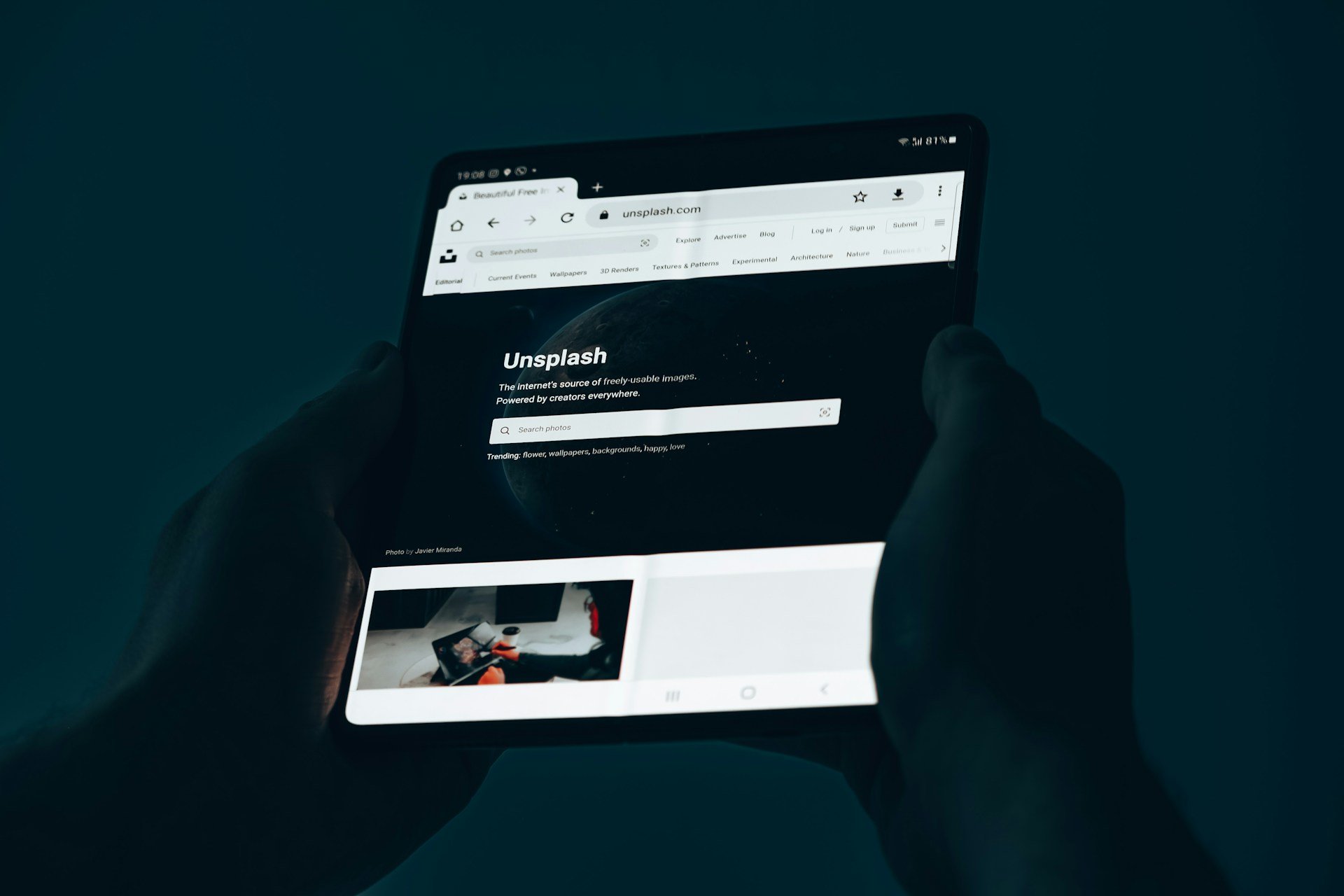
Street Team Flyer Delivery That Scales During Postal Strikes
When Canada Post slows down, your message should not. People still decide where to eat, which appointment to book, and what to buy near home. A small street team can replace the mailbox with precision. If someone asks what is a flyer in this context, the answer is simple: it is a short, helpful guide on paper that meets people where they already walk and makes the next step easy.
Below is a practical, field-ready plan to stand up a street team in days, not weeks, and keep responses flowing while mail is stuck.
Define the one action you want from this drop
Before you think routes or shifts, decide the single outcome you want: booked time slot, online order, RSVP, or store visit. That choice shapes everything else. Keep the piece focused on one promise, one image that shows the after, and one action block with phone, short URL, and a large QR. For a quick layout refresher that keeps design persuasive, not just pretty, start with How to Design Flyers That Inspire Immediate Action and How to Effectively Use Marketing Flyers for Your Business (Part 1).
Map tiny routes you can repeat
Skip postal codes. Choose the four micro-zones you can hit twice in a week: two apartment lobbies or parcel rooms, one partner counter, and one nearby street you already serve. Precision beats volume during a strike. Label each placement on your plan so you can track them cleanly later.
Hire or redeploy for a two hour shift model
You do not need a big team. You need reliable, repeatable laps.
- Two hour blocks fit energy and weather windows.
- One person can restock two lobbies and one counter in a single shift.
- Two people can cover the same plus a short street for door hangers.
Give everyone a simple checklist in their phone notes. Pack slips, holders, and a few extra pieces for curious managers who ask for copies.
Teach neighbourly copy and quick etiquette
Street teams are ambassadors. The right tone gets you invited back.
- Ask concierge or staff where flyers belong and how often to refresh.
- Keep stacks tidy and remove old pieces.
- Use friendly, clear headlines that sound like a neighbour: “Dinner ready in 15 minutes” or “Evening appointments this week.”
If you want fast guardrails that prevent clutter or mixed messages, keep The Do’s and Don’ts of Effective Flyer Advertising and 7 Common Flyer Marketing Mistakes and How to Avoid Them handy while you build.
Choose formats that travel well
Pocketable A5 or half-page flyers fit jackets and bags and photograph clearly. Door hangers shine on two streets you want to own. One calm elevator poster per building can carry a single headline and QR for quick scans. The point is not more paper. It is better paper in the right places.
Make the handoff instant
Your flyer should act like a button. Group a large QR with a short URL and your phone in one action block. Deep-link to the exact action: time picker, order page, RSVP. No homepages. Fewer taps means more conversions.
Add a simple proof point where decisions happen
A one-line testimonial from a nearby street, a small rating badge, or “serving this neighbourhood since 2016” beside the CTA calms hesitation without crowding the design. Save long stories for your landing page.
Track by person and by placement
Strikes remove postal data. You can still measure.
- Give every lobby, street, and partner counter its own QR variant and short URL tag.
- Print a tiny version code in the footer so you can test one change at a time.
- Have each rep snap a quick photo of the refreshed stack for time stamps.
Read responses, conversions, CPA, and average order value by placement each week. Re-drop winners and retire duds.
Build a rhythm that replaces postal repetition
Mail used to carry repetition for you. Copy that rhythm with small, steady waves.
- Week 1: seed two lobbies, one counter, and one street.
- Week 2: re-drop the two best performers with the same creative for recognition.
- Week 3: add one look-alike building and keep the winner steady.
Recognition compounds. That is why small loops outperform one big blast.
Safety and weather basics that keep teams efficient
- Wear visible layers and carry light.
- Use matte stock that reads under indoor lights and resists damp entryways.
- Avoid blocked access and respect building rules.
- Keep a quick “manager script” on hand: what the offer is, how often you refresh, and how you keep displays tidy.
Micro playbooks you can swipe
Restaurants and cafés
3 to 5 p.m. laps through two parcel rooms and a partner counter. Headline says “Dinner ready in 15 minutes.” QR opens a prefiltered pickup page and the perk applies automatically.
Clinics and wellness
Morning and early evening passes through medical towers and nearby apartments. Headline says “Evening openings this week.” QR goes to a mobile time picker. Back side carries a tiny three step “what to expect.”
Home services
Door hangers on two streets already on your route. Headline says “On your street today. Book a 2 to 5 p.m. window.” Leave-behinds after each job lock in the next visit.
Retail and click and collect
Partner counters near your store. Headline says “Two minutes from here. Scan to reserve and grab today.” Add a tiny map so people picture the walk.
For a broader primer on why this channel still works in 2025, share Why Flyers Work: Insights for Canadian Entrepreneurs with your team.
Why this approach pays off with Flyer Canada data
Street teams replace waiting with action. They put clear, helpful flyers in the handful of places where nearby customers decide. Across campaigns, Flyer Canada clients average a 4.4% conversion rate compared to a 1.41% industry average, achieve 51.8% lower customer acquisition costs, and deliver ROI from 3x to 29x. During strikes, those gains hold because waste drops and rhythm returns.
A one week street team plan
- Pick two lobbies, one partner counter, and one nearby street you can revisit.
- Print a pocketable flyer with one headline and a bold action block.
- Tag each placement with a unique QR and short URL.
- Run two hour shifts to seed and restock.
- Re-drop the top two placements in seven days with the same creative for recognition, then add one look-alike building.
That is enough to stay visible while the mail is quiet.
Final thoughts
Postal strikes do not need to slow your pipeline. A small, trained street team can deliver targeted flyers with the speed, manners, and measurement that modern campaigns require. Keep the copy human, the path one tap away, and the cadence steady. You will see the lift in scans, calls, and bookings.
If you want help creating a street team kit and mapping routes, reach us through our contact page, explore ready to print formats in our online store, or call 437-524-5287 and we will plan your first week together.


